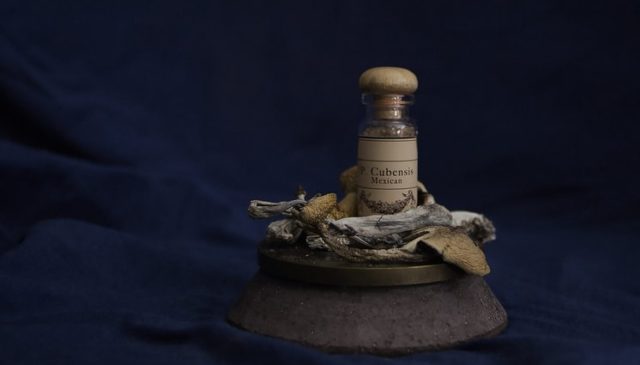
You might have heard of a sub-culture of people in Silicon Valley dropping acid regularly to facilitate their problem-solving abilities. Microdosing psychedelics has found a wave of popularity in recent years as it provides hints of a “trip” experience but doesn’t overwhelm the user.
Not to mention, taking small amounts of psychedelics has been found to promote creativity, self-efficacy, energy, positive social interactions, and cognitive performance.[1] To take things further, researchers also found that microdosing psychedelics can reduce symptoms of mental health conditions, such as anxiety and depression.
Many have taken note of Silicon Valley’s psychedelic technique and also applied it to cannabis. Since cannabis is considered a psychedelic substance by some, it only makes sense that taking small amounts of it may be able to produce a lightened intoxication.
But what about the medicinal side of things?
A study published by the Journal of Pain of a randomized, double-blind, placebo-controlled, graded-dose study found that low and medium doses of a cannabinoid formulation known as nabiximols (2.7 mg tetrahydrocannabinol, THC, and 2.5 mg cannabidiol, CBD, per spray) were actually better at treating pain in cancer patients than high doses compared to placebo (inactive substance).[2]
Another paper published by the University of Washington found that lower amounts of THC were more likely to relieve anxiety whereas higher amounts perpetuated anxiety.[3]
While these studies give us insight as to how microdosing cannabis can benefit us, we certainly need more research in order to properly understand the way cannabinoids interact with the body and how it affects individuals differently.
Since cannabis is a substance many people take regularly, it can be difficult to compare to the occasional consumption of psychedelics. Most notably due to the fact that many develop a tolerance to cannabis that makes it difficult to understand whether a microdose will have the same effect on them in comparison to someone who doesn’t use cannabis.
However, when it comes to those who haven’t tried any psychedelic, a microdose may be the proper introduction.
Beyond this, it seems microdosing both psychedelic drugs–such as lysergic acid diethylamide (LSD) and psilocybin (sometimes referred to as magic mushrooms)–and cannabis might have medicinal properties that have, until now, been overlooked. Although there are many different perspectives on dosing both cannabinoids and psychedelic compounds, hopefully greater clarity with come with more research.
Image Credit: Pretty Drugthings
Image source: https://unsplash.com/photos/yYplxJnqEsU
References
- Anderson T, et al. Psychedelic microdosing benefits and challenges: An empirical codebook. Harm Reduction Journal. 2019;16(43).
- Portenoy RK, et al. Nabiximols for opioid-treated cancer patients with poorly-controlled chronic pain: a randomized, placebo-controlled, graded-dose trial. The Journal of Pain. 2012;13(5):438-449.
- Stoner, SA. “Effects of Marijuana on Mental Health: Anxiety Disorders.” Available at: https://adai.uw.edu/pubs/pdf/2017mjanxiety.pdf Accessed: October 9, 2020.
